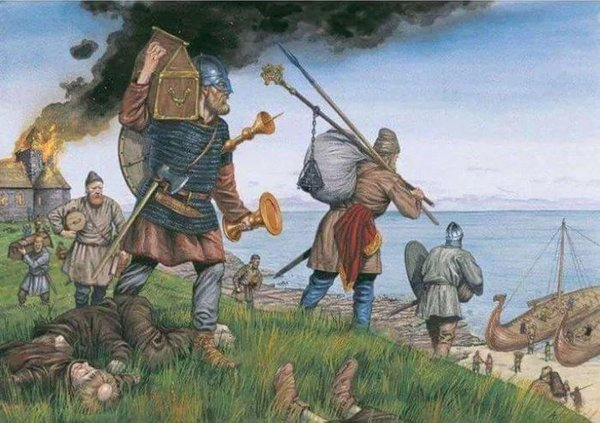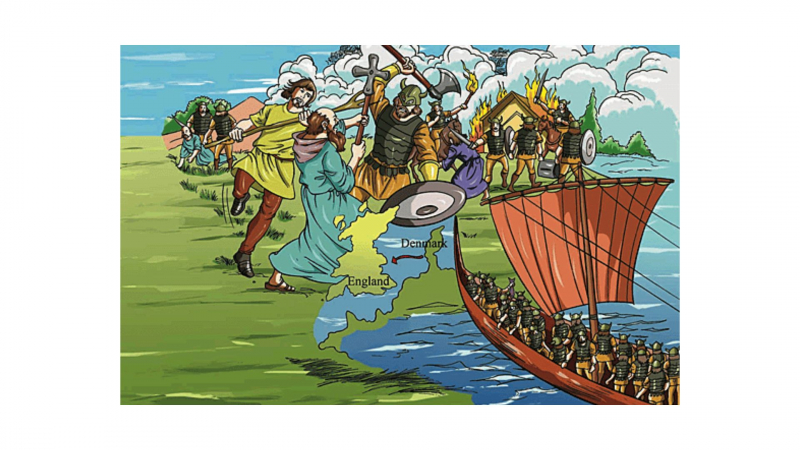Looking For Better Lands
The Vikings were excellent farmers as well as skillful warriors. When not at sea, they owned small farms and planted both food and cash crops. In Viking settlements, agriculture accounted for more than 90% of all occupations. For storage, they farmed rye, oats, and barley to make flour. Along with raising seasonal vegetables, they also developed gardens and kept other animals, including pigs, horses, hens, and geese.
The main products produced at that time were dairy goods, meat, cereals, fish, vegetables, fruits, and grains. For agricultural cultivation and harvesting, they employed iron picks and spades. But small farms couldn't keep up with the population expansion and couldn't generate enough food. To survive, they needed adequate territory and a climate that would support expanding agriculture. The soil in England was better for farming since it was lighter, wealthier, and more fertile. In the medieval ages, the climate was warm, which led to higher crop yields. It mostly produced rye, barley, and wheat. As a result, the Normans discovered England to be ideal for conquest and settlement while looking for better areas to live.
Because of the lack of good farming land in many regions of Scandinavia, the Vikings may have had a fish shortage, which was a major source of sustenance for them. However, the majority of Scandinavia had better access to farmland while Western Scandinavia only relied on a small amount of farmland and fish to feed its population, and there is no archaeological evidence to suggest that there was a widespread crop or farm animal disease at the time that could have caused such a famine. Many academics are also perplexed as to why raiders chose to sail so far from Scandinavia rather than simply clearing some of the vast tracts of woodland in Southern Scandinavia.












